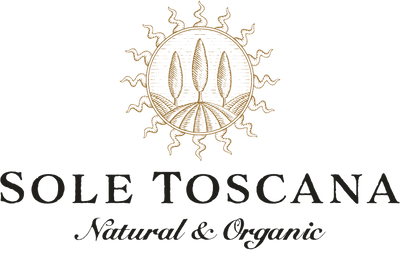Take a minute to inspect the cosmetics in your cabinet, for instance makeup, skincare, or hair care products. You'll likely find the ingredient urea. Doesn't sound too appetizing, does it? You're right!
Urea is used as a preservative and moisturizer. Unfortunately, it can increase the risk for contact dermatitis. It has also been proven to release formaldehyde, which is a carcinogen.
It's supposed to be moisturizing, but what ingredient is it using to moisturize?

What Is Urea?
Your knowledge about urea might be that it comes from urine - which is true. The body produces it as an organic, waste compound after metabolizing protein in the liver. Urea is then excreted by the kidneys through urine. It is also excreted through sweat. Healthy skin usually has a small amount of urea on its outer layer.
However, urea in cosmetics is man-made in the laboratory. Ammonia and carbon dioxide are used to make this chemical. Are these things you'd put on your skin?
It's a favorite among manufacturers though, because it extends shelf-life by slowing down the loss of moisture from a product during use. Urea also makes it easier to add certain ingredients to a formula, thus maintaining its pH balance.
It also alters the skin's structure, allowing other chemicals to penetrate to the inner layers of skin. This increases the effectiveness of certain products, but at what cost to your health? Urea increases the moisture content in the top layers of skin. This is why your skin feels soft and supple after you use a product with urea in it.
Which Products Contain Urea?
A large variety of products contain urea, including the following:
- Nail polishes
- Eye creams
- Facial moisturizers
- Acne treatments
- Facial cleansers
- Anti-aging creams
- Lip balm/treatments
- Cuticle treatments
- Body lotions
- Foundations
- Shampoos & conditioners, styling mousses and foams
- After shave
- Mascara
- Sunless tanning products
- Antiperspirants/deodorants
Why Is This Ingredient Harmful?
- Releases formaldehyde: According to a scientific study published in 2010, urea can release formaldehyde. The latter has been proven to be a human carcinogen. The test also found a clear relationship between patch test reactions to formaldehyde-releasers (like urea) and contact allergy to formaldehyde.
- Irritation: According to the Material Safety Data Sheet, urea can cause skin and eye irritation, and prolonged usage can cause reproductive system problems.
- Allergic reactions: People with sensitive and infected skin should avoid this ingredient. The American Academy of Dermatology has established diazolidinyl urea as a main cause of contact dermatitis.
How Can You Avoid Ureas?
As we always say, why should you use ingredients on your skin that a) Have no advantages, and b) can cause harm? Sure, ureas may be slightly moisturizing, but there are far healthier options. These include; butter, honey, shea, aloe, and others. For example, the ROSEHIP & CALENDULA TRIPLE CREAM is a great option as a face cream, urea-free, with aloe, shea, and other key ingredients for great moisturizing. All natural and organic.
Fortunately, ureas are easy to spot on product labels. Avoid any product that contains the following:
- DMDM hydantoin
- Diazolidinyl urea
- Sodium hyroxymethylglycinate
- Imidazolidinyl urea
With love,
The Sole Toscana Skincare Team



